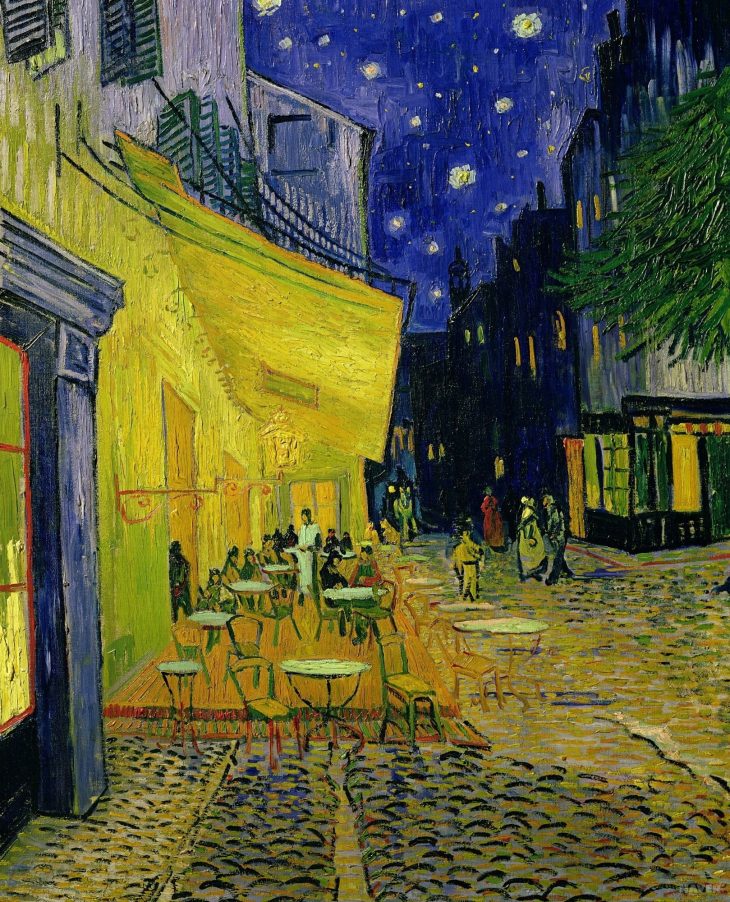Post-impressionism
Artistic Movements, Periods and Styles in 5 Points
We could make this publication thanks to small donations. How is 3 minutos de arte supported?
Post-Impressionism
- It is neither a movement nor a special style. The period between the Impressionism and the modern avant-garde movements —the end of the 19th century and beginning of the 20th century— is called Post-Impressionism.
- Modernity would adopt or experiment the resources and characteristics born in this period. They are mainly 5: 1) lack of concern for traditional perspective; 2) use of pure and vibrant colors to express emotions, feelings, moods (the use of the Cloisonnism and the impasto techniques gave force to the coloring many times); 3) emotional distortion (deformation of the figures to express something); 4) the incorporation of elements from exotic or ancestral cultures (beyond everybody’s fascination with the Japanese woodblock prints, Gauguin went to live to Tahiti in that search of the native, the primitive); 5) tendency to abstraction, the simplification of forms.
- There was a definitive change in the sense of art for the artists. Each one, in his very personal style no longer reproduced faithfully the exterior world, in order to express his inner world, his own way of feeling and expressing the universe, his vision of the world.
- When we observe the avant-garde movements that followed, we realize that they were inspired by the Post-impressionist artists. Three fundamental and brief examples:
1. Cubism, in Cézanne and how he left aside traditional perspective, as well he “geometrized” forms (that is why Cézanne is called “the father of modernity”).
2. Fauvism, in Gauguin and Van Gogh, and the use of color as an expressive resource.
3. Expressionism, in Van Gogh and in how Lautrec distorted faces to give expressivity to his characters.
- Academies and technical richness were no longer crucial. The artist’s inner richness and creativity became important. Artists freed themselves and became the “protagonists” of their work. And in that hard freedom with multiple paths to choose, they would stop looking for the aesthetical beauty to search for the beauty of truth.
Representative artists: Gauguin, Van Gogh, Toulouse-Lautrec, Cézanne, Seurat.
Image: Café Terrace at Night (1888). Van Gogh.
Recommended links:
Timeline: from Neoclassicism till the end of the 19th century.
Characteristic Elements of Post-Impressionist Painting.
La Société des Artistes Indépendants.
Mont Saint-Victorie (1892/1895), Cézanne.
When Will You Marry? (1892). Paul Gauguin.
Fundamental Differences between Analytic and Synthetic Cubism.
You can also find more material using the search engine.




0 Comments